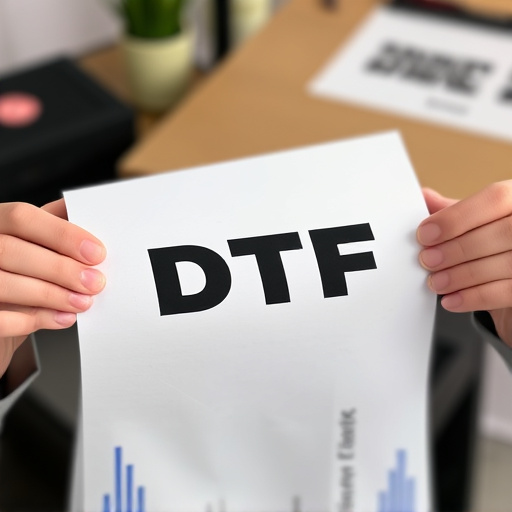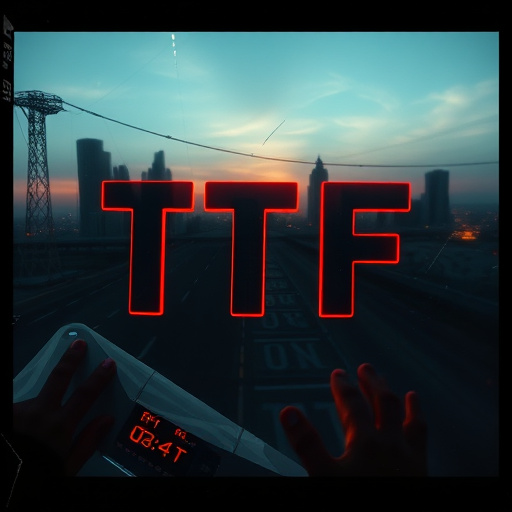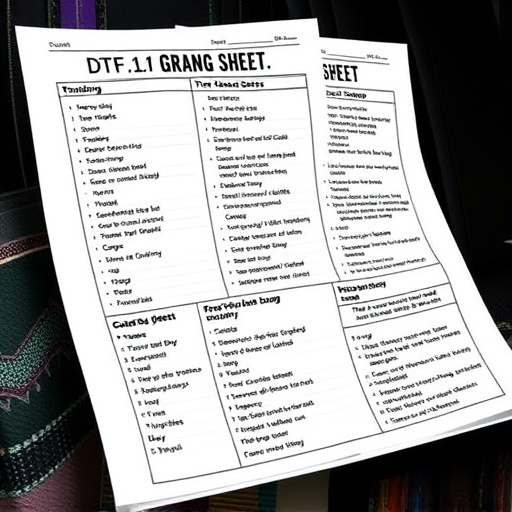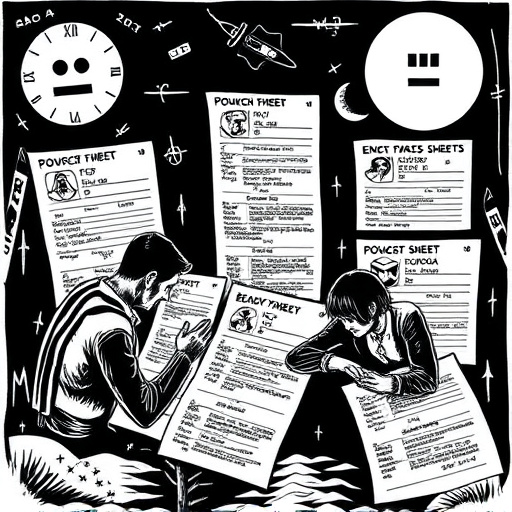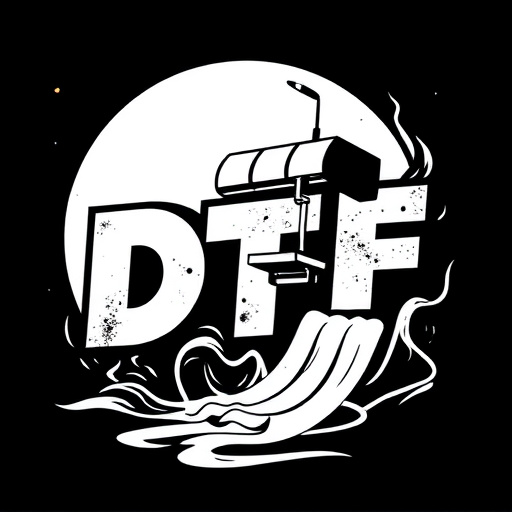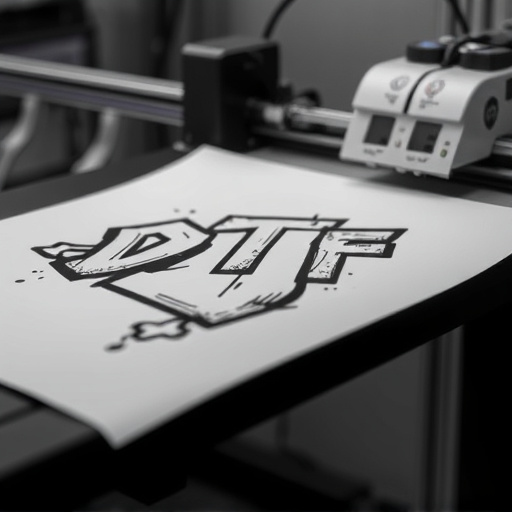Direct-to-Film (DTF) transfers have revolutionized film replication and distribution with swift, high-quality print creation from digital sources. This innovative process uses advanced equipment to produce negative images on transparent film for positive prints in just hours. Driven by tech advancements and shifting consumer preferences for speed, DTF services now deliver prints within 24 hours, sparking demand across sectors like custom apparel and promotional items. Balancing speed and quality requires meticulous calibration and consistent material access, while efficient workflows, advanced technologies, and robust supply chains ensure integrity. This technology benefits event organizers, filmmakers, and museums with rapid, high-quality film print production on demand. Future advancements include automation, AI integration, and wider material support, enabling even faster and more customized DTF printing.
In today’s fast-paced media landscape, the demand for rapid content delivery is unparalleled. Direct-to-film (DTF) transfers, offering high-quality digital printing on traditional film stock, are experiencing a renaissance. This article delves into the accelerated production of DTF transfers, exploring the current market, challenges, and innovative techniques enabling 24-hour turnaround times. We uncover the benefits, use cases, and future prospects of express DTF prints, providing insights for content creators and print service providers alike.
- Understanding Direct-to-Film (DTF) Transfers: A Quick Overview
- The Current State of DTF Transfer Services
- Challenges in Expedited DTF Production
- Innovative Techniques for 24-Hour Turnaround
- Benefits and Use Cases of Express DTF Prints
- Future Prospects: Enhancing Efficiency in DTF Transfer Process
Understanding Direct-to-Film (DTF) Transfers: A Quick Overview

Direct-to-Film (DTF) Transfers have revolutionized the way films are replicated and distributed, offering a swift and efficient alternative to traditional printing methods. This cutting-edge process enables the creation of high-quality film prints directly from digital sources, such as DVDs or online streams, without the need for intermediate steps. With DTF Printing, movies can be reproduced in a matter of hours, making it an incredibly time-saving solution for various applications, including home theaters, archives, and even special events.
The process involves advanced equipment that combines imaging technology with precise light exposure to create negative images on transparent film. These negatives are then used to produce positive prints, ensuring a rapid turnaround without compromising picture quality. DTF Transfers have gained popularity due to their ability to provide crisp, vibrant visuals, making them ideal for those seeking an authentic cinematic experience. This technology has significantly impacted the entertainment industry, allowing fans and professionals alike to access and enjoy films with remarkable speed and convenience.
The Current State of DTF Transfer Services
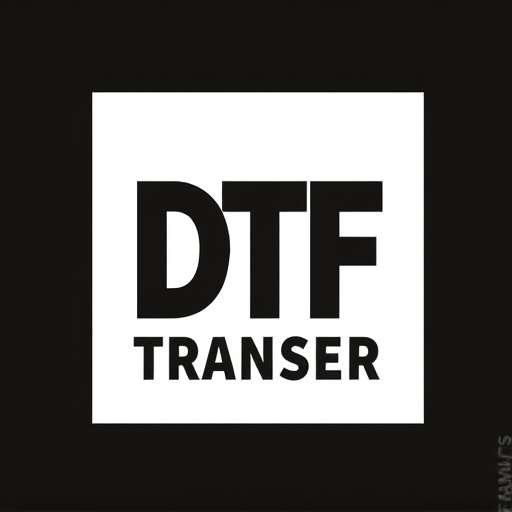
The current state of Direct-to-Film (DTF) transfer services is undergoing a rapid transformation, driven by advancements in technology and evolving consumer demands for swift, high-quality printing solutions. Traditionally, DTF transfers have been considered a specialized service, with turnaround times often stretching beyond a week. However, recent innovations have drastically reduced this window, making it possible to obtain direct-to-film prints within 24 hours. This new norm is reshaping the landscape for businesses and enthusiasts alike, who now have access to quick, reliable, and affordable DTF printing services.
These advancements are primarily attributed to improved hardware capabilities and streamlined production processes. Modern DTF printers employ advanced inkjet technology, allowing for precise color reproduction and intricate detail on a variety of materials. Moreover, optimized production lines that integrate cutting-edge automation have significantly cut down processing times without compromising quality. Consequently, the market is seeing a surge in demand for DTF prints among sectors ranging from custom apparel to promotional merchandise.
Challenges in Expedited DTF Production
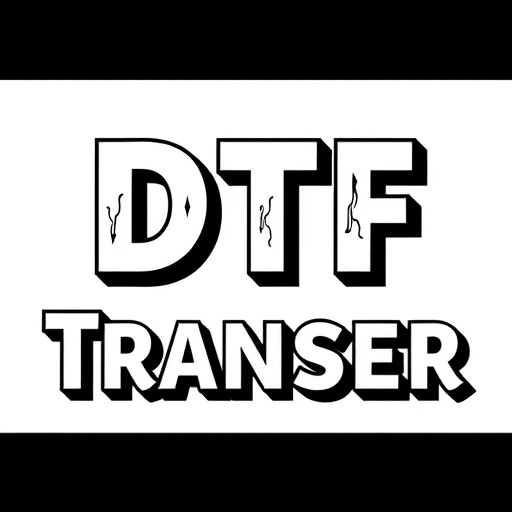
The expedited production of direct-to-film (DTF) transfers within 24 hours presents a unique set of challenges. One of the primary obstacles is balancing speed with quality. Accelerated printing processes often require meticulous calibration to ensure accurate color reproduction and sharp detail in DTF prints, which can be challenging given the tight turnaround time. Additionally, the availability of high-quality materials, especially in bulk, might be limited, impacting the consistency of final products.
Another significant challenge lies in managing customer expectations. Marketing and advertising often promise lightning-fast production times, but delivering on these promises without compromising print quality is a delicate task. Efficient workflow management, advanced printing technologies, and a robust supply chain become paramount to overcome these hurdles, ensuring that DTF transfers meet the demands of modern media consumption while maintaining their integrity.
Innovative Techniques for 24-Hour Turnaround
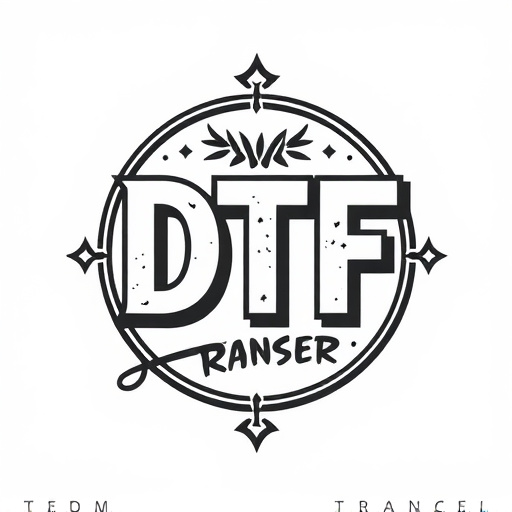
The expedited production of direct-to-film (DTF) transfers within 24 hours has revolutionized the film printing industry. Innovative techniques, such as advanced DTF printing technologies and streamlined workflow optimization, enable print service providers to deliver high-quality DTF prints faster than ever before. Digital file preparation plays a crucial role in this process, allowing for automated prepress steps that reduce manual errors and expedite production times.
These cutting-edge methods not only shorten the turnaround time but also enhance overall efficiency. Specialized equipment, including fast inkjet printers and automated laminating systems, contributes to the rapid creation of DTF transfers, ensuring that clients receive their orders promptly without compromising on quality. This level of agility is particularly valuable for businesses requiring urgent film prints for events, marketing campaigns, or other time-sensitive applications.
Benefits and Use Cases of Express DTF Prints
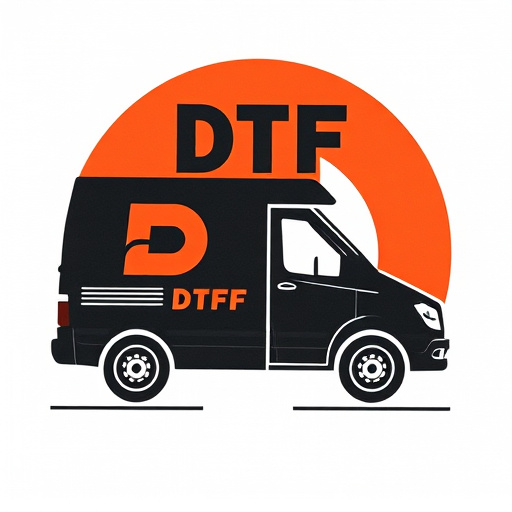
The expedited production of direct-to-film (DTF) transfers within 24 hours offers a multitude of benefits for various industries, revolutionizing their content creation processes. One of the primary advantages is speed; this rapid turnaround time allows businesses to deliver high-quality film prints on demand, catering to urgent needs without compromising quality. This is particularly useful for short-run projects, special events, or when dealing with niche markets that require unique, personalized content quickly.
Use cases for express DTF prints are diverse and expanding. In the event industry, for instance, organizers can print promotional materials or backdrop films for conferences or exhibitions in a pinch. Filmmakers and independent producers may leverage this technology to swiftly create test prints for feedback or limited-edition releases. Additionally, museums and art galleries could utilize DTF transfers to reproduce rare or fragile artifacts, ensuring accessibility without risk of damage. The versatility of DTF Printing makes it an invaluable asset for anyone seeking efficient, prompt content production.
Future Prospects: Enhancing Efficiency in DTF Transfer Process
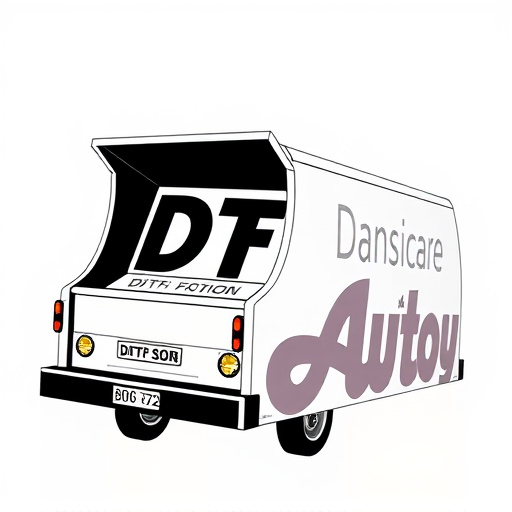
The future of direct-to-film (DTF) transfers looks bright with a growing emphasis on efficiency and speed. As technology advances, the DTF transfer process is expected to become even more streamlined, offering unprecedented turnaround times. The key lies in automating various stages, from initial file preparation to printing, which can significantly reduce production time without compromising quality. With specialized software and advanced printers, it’s feasible to achieve 24-hour turns for smaller batches or urgent requests, a game-changer for industries requiring swift production.
Furthermore, the integration of AI and machine learning algorithms can optimize image analysis, color correction, and print head maintenance, minimizing downtime. DTF printing technology is also evolving to support a broader range of materials and substrates, expanding its applications beyond traditional film. This versatility opens up opportunities for creative professionals in fields like animation, visual effects, and theater, enabling them to produce high-quality, customized prints tailored to their specific needs, all within an incredibly short timeframe.








